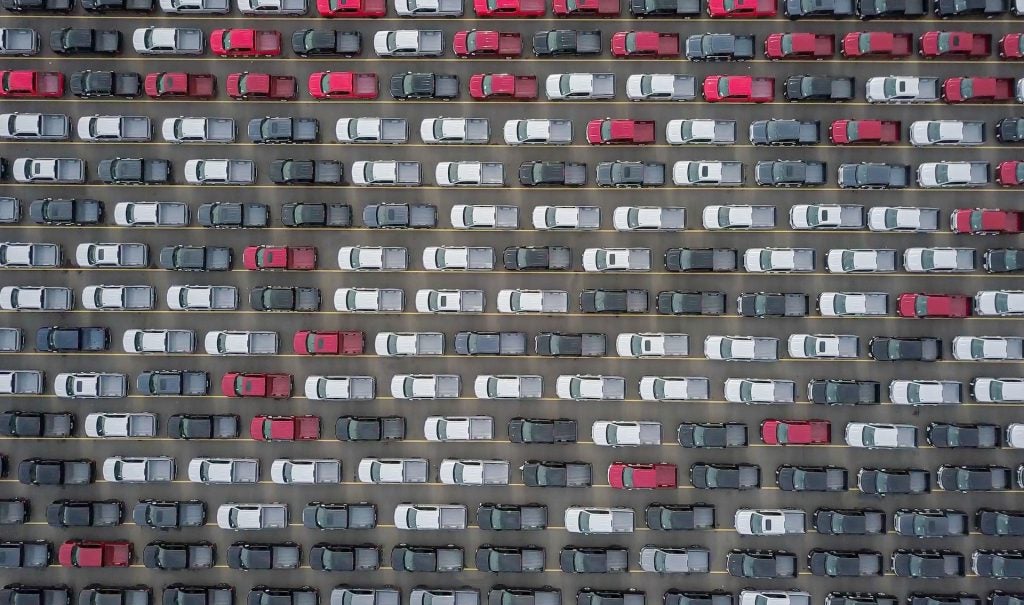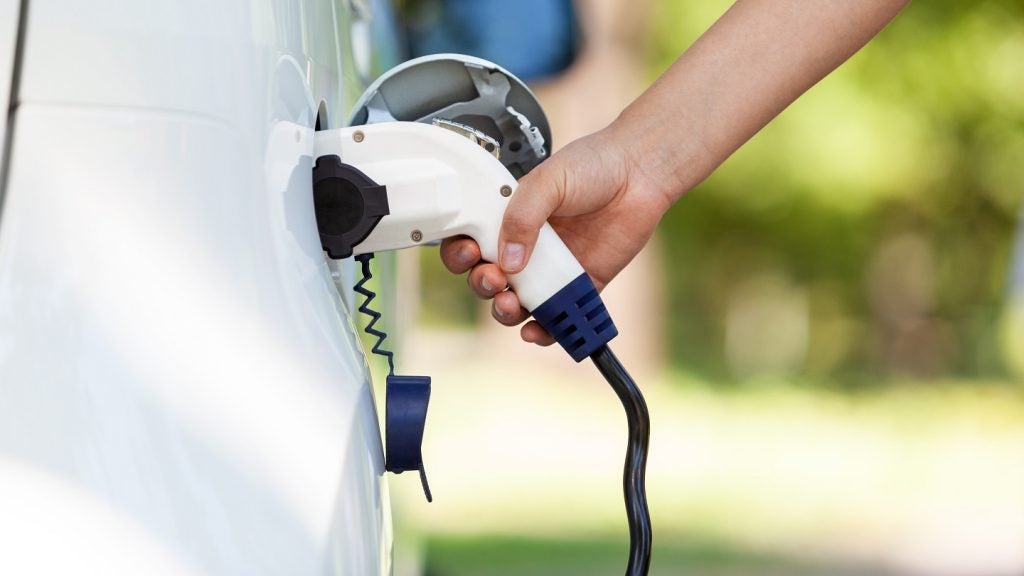Professor Peter
Cooke looks at how the recession is affecting demand for
company vehicles
Happy days are here again – or are they?
Talk of economic recovery is being whispered from the rooftops;
bankers are thinking bonuses; alleged green shoots have been
sighted. However, there are also signs that the level of
unemployment will continue to rise over the next year or so.
Given these mixed messages, what does it mean for
the growth, or otherwise, of company car fleets? What does it mean
in terms of expected changes in fleet structure over the next year?
Are we moving into a period of downsizing? What are the issues
expected to be of significance over the next 12 months or so – and
how might those expectations be reflected in the industry’s drivers
for change?
A recent survey undertaken by FleetEye of around
300 operators suggests a mixed outlook for company vehicles. Figure
1 suggests a decline in the demand for company cars while there is
a predicted growth in sentiment at least for light commercial
vehicles.
Figure 1: Demand for company vehicles, next
12 months
|
Increasing How well do you really know your competitors?Access the most comprehensive Company Profiles on the market, powered by GlobalData. Save hours of research. Gain competitive edge. 
Company Profile – free
sample
Thank you!Your download email will arrive shortly Not ready to buy yet? Download a free sampleWe are confident about the unique quality of our Company Profiles. However, we want you to make the most beneficial decision for your business, so we offer a free sample that you can download by submitting the below form By GlobalData |
No change |
Declining |
|
|
Company cars |
24% |
48% |
28% |
|
Company LCVs |
17% |
73% |
11% |
|
Source: FleetEye |
|||
Figure 2: Issues influencing fleet
decisions (out of 10)
|
Now |
In 12 months |
|
|
Fleet running costs |
8.6 |
8.9 |
|
Fuel costs |
7.8 |
8.2 |
|
Fleet safety & risk management |
7.7 |
8.1 |
|
Driver & corporate taxation |
6.4 |
6.8 |
|
Environmental concerns |
5.8 |
6.7 |
|
Source: Fleeteye |
||
The reduction in fleet car demand is probably
caused by organisations restructuring their overall operations.
This is a case where the business is taking a firm grip on its
fleet expenditure rather than continuing ‘as before’. It is
important that fleet operators, dealers and leasing companies put
their overall business reorganisation in a much wider context than
merely the fleet; recovery may mean reduction shorter term,
hopefully followed by growth.
It is equally important that one does not simply
look at the headline figures, but also drills down into the
specific issues associated with the changing role of the fleet.
Figure 2 highlights some of the significant changes
in expectations as part of the same FleetEye survey. The five items
shown are those which respondents feel will be the ones which will
change most significantly across the next year.
It is worthwhile examining each of the issues
highlighted and seeking some explanation. Consider them:
• Fleet running costs: what is
significant is that between the time of the survey – late summer –
and a year ahead, this area is expected to become even tougher. One
suspects this may be due to organisations being in a ‘survival
mode’ today, but planning to move into ‘development and
reorganisation’ as the economy recovers – and looking to tighten
costs.
• Fuel costs show a 0.4 increase – is
this organisations expecting further rises in fuel prices, as we
know will happen, or is it a sign that as business improves, so
mileage will be managed and fuel use given the ‘third degree’?
• Safety and risk management is another
climber in the stakes. They have featured on the fleet manager’s
to-do list for many years, and one might well be right to be
sceptical as to whether serious management time will be spent on
these very real concerns.
• Taxation: another favourite and, with
ever greater transparency, online calculators and new forms of
taxation, this is showing a steady rise in terms of importance.
Given the government’s need to raise money, and the fuel tie-in and
potential links to environmentalism, this issue is bound to
continue to rise up the agenda.
• Environmental concerns are by far the
biggest mover. The challenge from the fleet operator’s point of
view will be to keep this as a concern, and build on that concern
to make it a no-cost opportunity for action.
Such issues are pretty basic, but the two columns
in this chart might be claimed to reflect just how many items have
moved into ‘survival mode’ during recession. The real challenge now
will be to move from survival and cost-cutting mode to
reorganisation and expansion mode.
The wider range of issues which are slipping in
importance can be seen on the Buckingham website mentioned
elsewhere in the article.
The business car working environment
during economic recovery
In a period of recession followed by
economic recovery it is all too easy to become a professional navel
gazer. Fleets and fleet management are no exceptions. There may be
quicker returns available through going for the short-term gain
rather than standing back and asking how the fleet fits into the
wider, longer-term picture.
The paradigm in Figure 3 seeks to summarise the
principal external pressures, the drivers for change, on business
vehicles over the next couple of years as the economy recovers.
Many of these pressures are beyond the direct control of the fleet
executive yet may have a significant impact on the structure and
use of the fleet.
Essentially, during economic recovery the business
may well be in ‘restructure mode’ and that will, or should, embrace
the fleet as well. During recession the client base may have
changed – geographically, in terms of the products and services
they buy from you, and the volumes in which those products and
services are acquired.
Equally, your organisation may have changed its
product offering; you may have consolidated products and services,
even consolidated with another organisation or changed distribution
strategy. As important, has there been a headcount review? If so,
does it have implications for the fleet?
To take that one step further into the micro
economics of the fleet – do you have the right vehicles for the
brave new organisation facing the green shoots of recovery? Has the
fleet average age moved through extended replacement cycles, will
there be any impact through a ‘green policy’? Is funding to
continue as before?
The drivers for change in the paradigm are split
into four groups. How would they impact on your business – and what
additional ones would you add to the paradigm? Consider them:
• Company car recipients: has the
organisation changed its car provision policy as a result of
organisational change, developing roles and issues associated with
duty of care? Will the business continue to fund cars or will it,
indeed has it, looked at such issues as salary sacrifice as they
apply to cars? What might be the implications for the fleet? What
steps might be needed to introduce that new policy?
• Fleet management: another of those
innocent terms that can have huge implications. Will the fleet be
managed in-house or outsourced, and, of course, what are the CO2
implications if the organisation disposes of its own vehicles – and
will those patterns change as a result of any fleet management
organisational change?
• Alternatives to the company car: given
the focus on health and safety, on corporate manslaughter and cost
reductions as well as business restructuring, is company car
provision still the same as it used to be – or should we be looking
at personal business mobility or new means of communicating with
our clients?
• Corporate governance: the fourth block
of immediate drivers for change – is management going to be more
closely involved in the fleet and its implications, and what is
their evolving attitude to personal business mobility?
3: Business cars – drivers for change during
economic recovery

Source: Cooke 2009; for illustrative purposes
only
The other two blocks of drivers for change
summarise some of the issues from a national point of view, namely:
changes in the tax regime – we have a lot to claw back; what will
happen to fuel prices; and what about road charging? These are all
issues highly relevant to the future of the fleet.
These drivers for change are but a high-level
attempt to identify some of the pressures on the fleet as the
economy stumbles towards recovery – you will have your own much
more comprehensive lists.
Recovery: a rough ride
ahead?
To balance all of the issues already
discussed is task enough; the real challenge will be to put them
into effect. My concern is that organisations will pursue a
laissez-faire attitude and simply replace vehicles when they come
up for renewal and make any changes at that stage rather than plan
from day one.
Is now the time for the fleet executive, the
external finance provider and management to sit down together and
plan the emerging, post-recession fleet – a fleet succession
programme similar to the organisation’s management succession
programme? To determine the fleet’s structure, and what will be
needed – and consciously plan towards it.
While the exercise may be unpleasant short term,
and the economy may still be fragile, going through a relative
rough patch now could yield longer-term dividends in terms of
creating the blueprint, and then implementing a fleet policy,
acquisition strategy and management programme to satisfy company
requirements in the post-recession, eco-friendly era.
Good luck.
For a more detailed review, see Fleet Industry
Review – September on free download at www.buckingham.ac.uk/cam
The author is KPMG Professor of
Automotive Management, University of Buckingham







